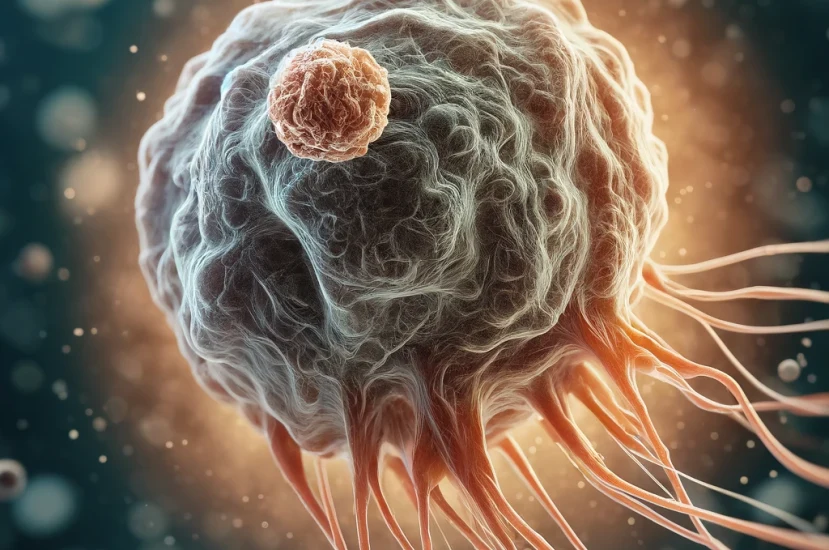Tumors are among the most severe and enigmatic diseases, with various factors potentially triggering the uncontrolled division of cancerous cells. But what are the inner molecular mechanisms driving this morbid growth? The answer may lie in the structure of the chromosomes within cancerous cells.
The terms “neoplastic tumor” and “malignancy” are often used interchangeably with the word “tumor.” At the core of this pathology is damaged DNA within a single cell, which contains the biological information of a hereditary pattern. This damaged cell begins to divide uncontrollably, forming a mass of tissue known as a blastoma.
A malignant tumor is characterized by the pathological, autonomous, and progressive growth of abnormal cells that infiltrate and spread through adjacent tissues. It consists not only of its own cells but also a protective membrane (stroma) and blood vessels. The primary component of this pathological development is cancer or carcinoma.
Malignant neoplasms develop in two stages: preclinical and clinical. The preclinical period, which accounts for approximately 75% of the total duration of malignant cells’ existence, is characterized by a prolonged course without any symptoms manifesting. Early cancer often develops during this stage, although larger blastomas can also form covertly.
The formation of a neoplastic disease can be visible or palpable, revealing a reliable sign of an ongoing oncological process. Morbid growth on the lips or skin typically resembles a small, ulcerated formation covered with crusts or scales. Rounded nodes can be felt in the mammary gland and on the anterior surface of the liver, while oncological formations in the kidneys and pancreas are less likely to be discovered by touch.
A palpable growth is usually painless, with a dense, knobby structure. Such formations lack a strong protective sheath, allowing them to move along with the displacement of adjacent tissues. However, if malignant cells have penetrated immobile organs or bones, the tumor also becomes immobile.
The aforementioned phenomena are considered the most typical signs of the disease. However, other manifestations may suggest the presence of malignant cells.
Early diagnosis is crucial for the successful treatment of malignant tumors. To increase awareness of the initial signs of the disease, the following symptoms should alert a person when they appear:
- lumps or knots;
- hoarseness, dyspnea, or cough;
- hemorrhage;
- changes in bowel functioning;
- moles;
- unexplained weight loss.
If you notice any of these principal symptoms, the course of action is clear: consult your attending physician immediately. Only a specialist can assess your health status and prescribe a corresponding treatment course, which may include directing you to undergo an x-ray or pass specific tests.



